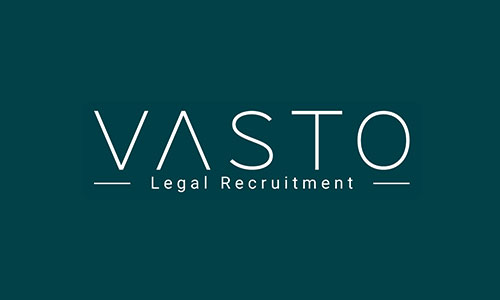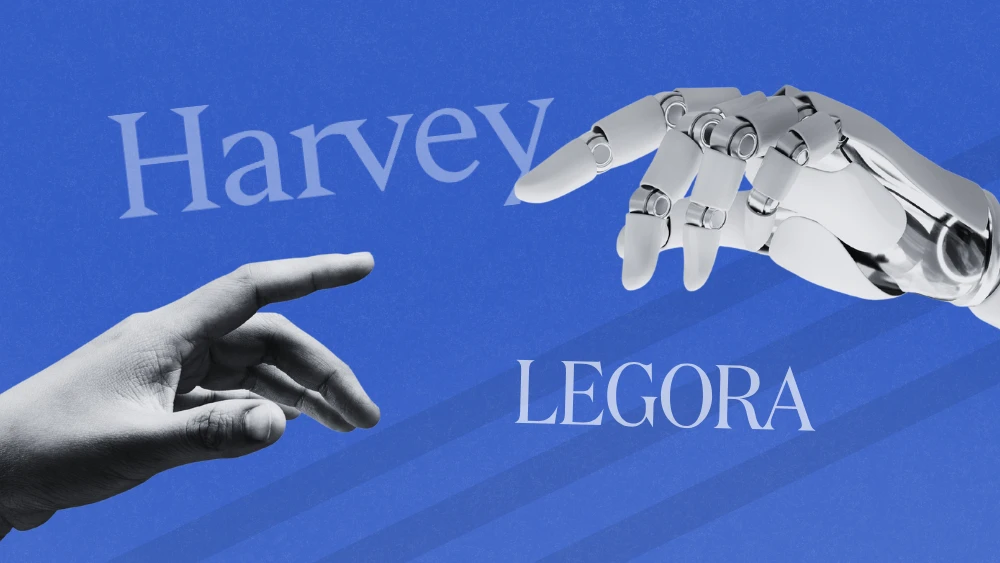Linklaters' new AI time recording tool started as one associate's side project

Linklaters managing associate James Phoenix has built an AI-powered time recording tool that’s now being used across the firm.
The "Narrative Checker Tool" uses Linklaters’ in-house chatbot Laila to flag and fix billing errors, significantly cutting review time.
When most lawyers think about billing, "innovation" probably isn’t the first word that comes to mind. But for Linklaters managing associate James Phoenix, the pain of time recording sparked an idea that’s now saving hundreds of hours across the firm.
Phoenix - a litigator and investigations specialist - recently completed a six-month internal GenAI secondment to work on efficiency tools for the firm. One of those, the Narrative Checker Tool which started life as a vibe-coding project on the side, is now being rolled out globally.
Built as an Excel plugin, it uses Laila, Linklaters’ in-house chatbot, to scan and fix common time-recording issues in minutes, significantly cutting review time.
We first spotted the tool when Phoenix shared its launch on LinkedIn - and wanted to find out more. We caught up with him to hear how the project came together, what he learned from building it, and what it reveals about where AI is taking Big Law next.
What exactly is the Narrative Checker Tool - and how are lawyers using it?
It’s an Excel plugin that uses our in-house chatbot Laila to identify and correct common time-recording issues in narrative time entries.
So, for example, if a lawyer has mis-recorded their time to the wrong workstream, included a typographical error or not complied with client requirements, the tool can identify that and provides a suggested correction for the user to review very quickly - generally it processes around a thousand narratives a minute.
Given narrative review of this kind is often a very laborious task, we’ve already seen great uptake and feedback. Just over a week after the global launch, the tool has been used over 300 times across 13 of our offices, and we’re expecting adoption to continue to tick up.
The tool provides a suggested correction for the user to review very quickly - it processes around a thousand narratives a minute.
You started vibe-coding a prototype in Excel - how did you make the leap from that to something 3,000+ lawyers can use?
Honestly, it started as a hobby. In late 2023, I was playing around with early versions of GPT-4 and Claude Sonnet in my spare time, trying to see what I could build.
The laboriousness of billing seemed like an interesting problem to solve, with elements that aligned well with GenAI capabilities in terms of language use, categorisation and speed, so I was mostly just seeing how far I could get in terms of using the models as coding assistants to build prototype using VBA - the inbuilt scripting language within Excel - to make calls to the public ChatGPT API (using synthetic billing data).
It was very much an exploration of what would now be called "vibe-coding"; using GenAI to code without a substantive understanding of the relevant language or domain.
I fairly quickly confirmed I was able to build a tool that did what I wanted, and could see then that a fully-fledged form could save some serious amounts of time so I started to work on getting senior buy-in and support to spend my time building out the tool properly.
Thankfully, I knew the firm has a history of embracing new technology, like rolling out our own GenAI Laila and the recent adoption of Legora to the whole firm, so I started using Laila to code the tool that would in turn use Laila to automate WIP review on a data-secure basis.
The firm was extremely supportive and agreed to let me spend six months this year in between periods of paternity leave to focus full-time on building out the tool with our in-house development team into an enterprise-ready version using C#, which we released to the entire firm on 1 September, following a global pilot over the summer.
It was a slightly unusual role because, in addition to acting as product owner I was also able to increasingly use GenAI (specifically Claude Code) to ideate and then directly code functionality for the dev team to review.
Have you had any 'wow' moments from people using the tool?
I still get surprised when you throw something ridiculous like 10,000 narratives at Laila in one go, go off to get a coffee, and then it's done by the time you come back...and Laila's suggestions make sense.
When you watch people see or use the tool in action for the first time there is often this momentary pause when they go "Wait, it’s done already?", which is extremely gratifying.
You also spent six months on an internal GenAI secondment. What did that teach you about AI - and about your own work?
On the AI aspect, the thing that has struck me most is that, even if all frontier AI development stopped today, there would still be years of work ahead of us just to fully integrate current capabilities, and work out what those capabilities mean for our jobs, for culture, for education, for our governments, you name it.
One of the biggest things in that regard is that most people’s expectations of how long a given task will take (in any field) are unlikely to have re-calibrated for how long that task could take with (carefully-applied) AI, and so suddenly we’re all going through this global progress of re-basing expectations of what is possible, on an extremely accelerated basis, while the technology continues to involve at breakneck speed with a vast amount of capital behind it.
How do you see AI changing how lawyers actually work?
What I’m starting to see, particularly from my work using Claude Code for agentic GenAI coding but also more generally, is that I suspect there will be a transition where lawyers (and other professionals) spend less of their time drafting and editing documents and more time orchestrating, managing and overseeing tools that do the majority of that manual work (and a variety of other tasks, like research) for them - diving in only where they need to make key tweaks, or re-base the AI tool’s approach.
Lawyers will spend less of their time drafting and editing documents and more time orchestrating, managing and overseeing tools that do the majority of that manual work.
Bigger picture
Linklaters has been among the leaders on tech and AI adoption. The firm says its in-house chatbot Laila is now used more than 200,000 times a month, and it has developed a growing suite of internal tools for tasks like due diligence and contract management.
In September, Linklaters began rolling out legal AI platform Legora across the firm - part of a broader effort to embed generative AI into day-to-day work rather than treat it as an experiment on the side.
As Phoenix puts it in relation to his Narrative Checker: "The goal is for the tool to save hundreds or even thousands of hours across the business each year, freeing up our lawyers and our amazing PAs and Secretaries for more fulfilling and more valuable work, while always keeping humans in the loop."
Join 10,000+ City law professionals who start their day with our newsletter.
The essential read for commercially aware lawyers.







